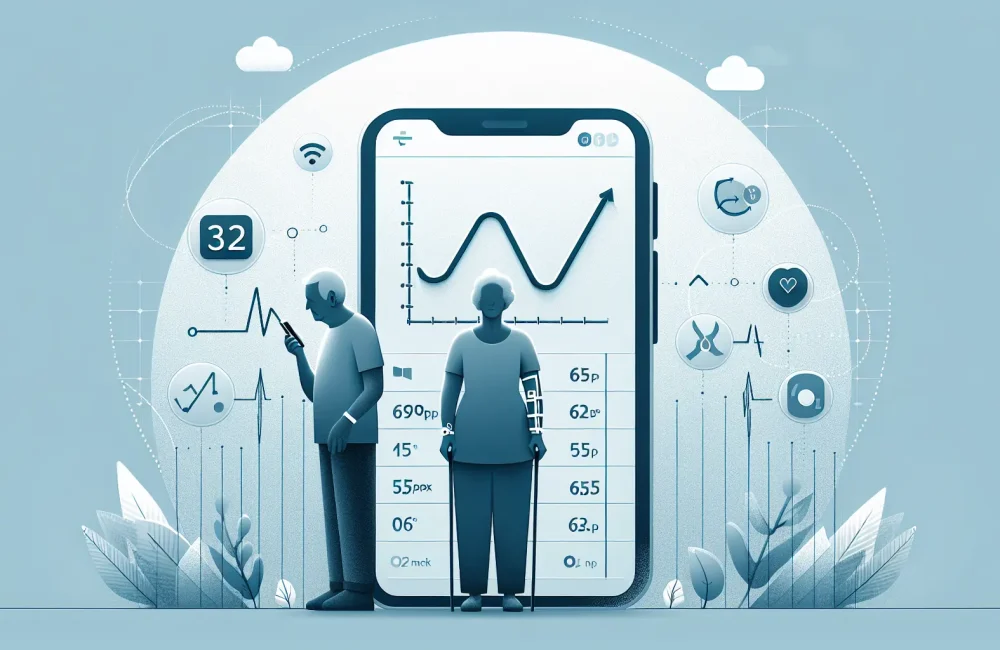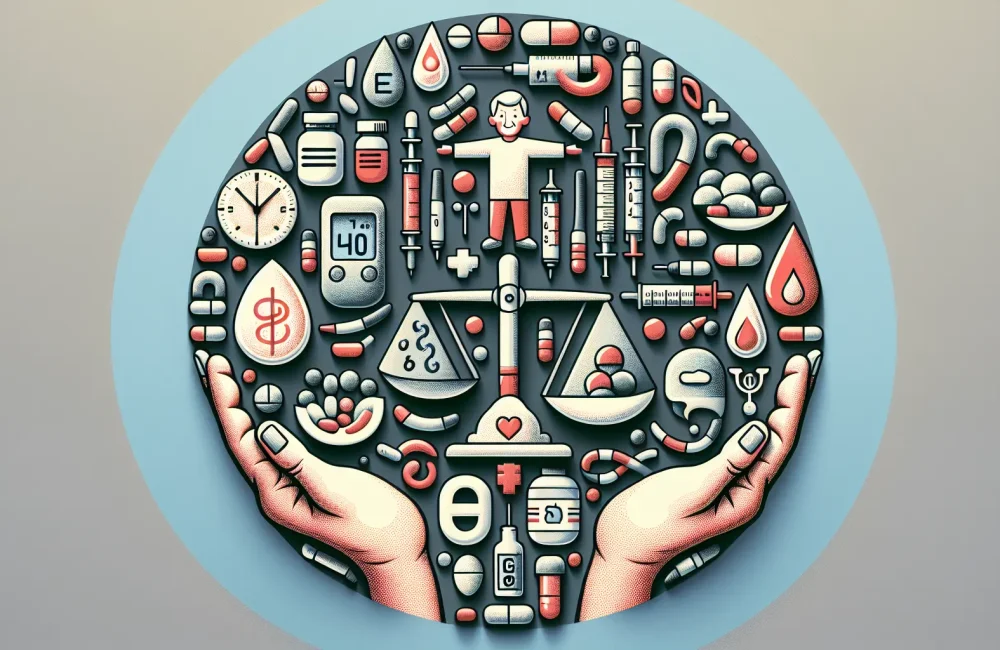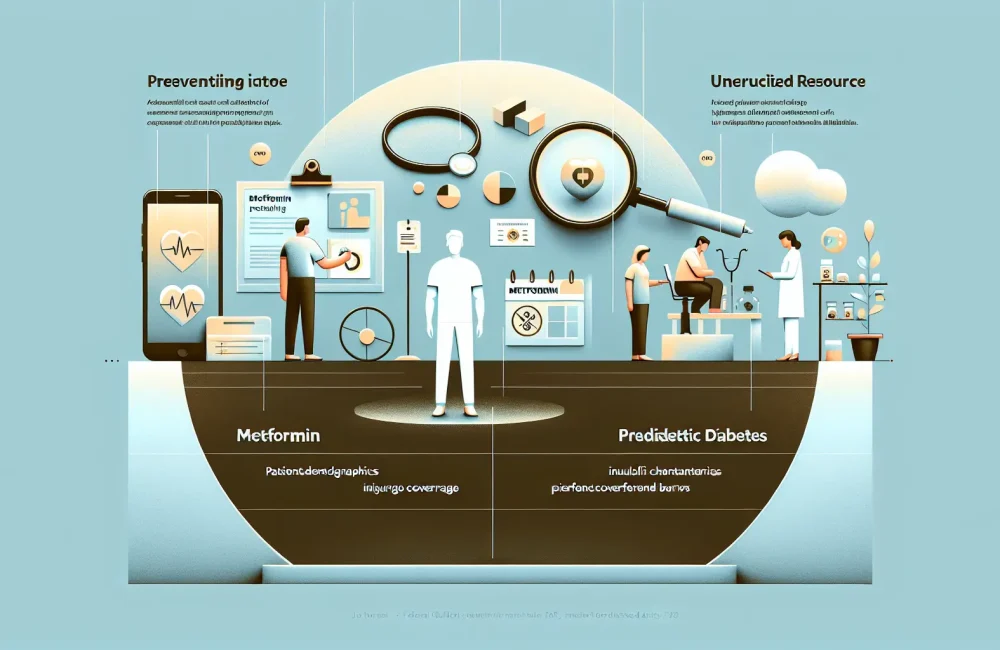By CAFMI AI From Journal of General Internal Medicine
Positive Impact of Continuous Glucose Monitoring on Older Adults with Type 2 Diabetes
Continuous Glucose Monitoring (CGM) has become a pivotal advancement in managing type 2 diabetes, particularly by providing users with real-time glucose data and trends. This study focused on understanding how older adults, specifically those aged 65 and above with type 2 diabetes, perceive and experience the use of CGM technology. Conducted through qualitative semi-structured interviews, the study gathered insights directly from this demographic about their motivations to start CGM, their day-to-day experiences, the benefits they perceived, the challenges faced, and the type of support they needed to effectively utilize this technology.
Participants reported that CGM significantly enhanced their awareness of glucose levels, which they found empowering in managing their condition. Many highlighted the increased convenience of CGM compared to traditional fingerstick blood monitoring, as CGM provides continuous, hands-free data that can inform timely health decisions. This empowerment stemmed not only from immediate access to glucose readings but also from the ability to observe trends and patterns over time, which facilitated better lifestyle and medication adjustments. These findings suggest that CGM can play a crucial role in improving patient engagement and self-management in older adults, a group often facing multiple comorbidities and healthcare challenges.
Challenges and Support Needs for Older Adults Using CGM
Despite the positive reception, older adults identified several challenges that need consideration in clinical practice. A common difficulty was related to the application of the sensors—requiring some manual dexterity and comfort with technology, which might be limited in this age group. Similarly, managing device alerts, which are instrumental in notifying users about critical glucose changes, could sometimes cause confusion or anxiety, particularly if the alerts were frequent or perceived as intrusive. Additionally, some participants expressed concerns about the complexity of the CGM device interface, which may require tailored education efforts to improve familiarity and confidence with the technology.
Cost was another significant barrier mentioned by older adults, with some expressing worry about the affordability and insurance coverage of CGM devices and supplies. This factor can limit access and sustained use, therefore, amplifying disparities in diabetes management among older populations. Importantly, participants emphasized the critical role of healthcare providers in offering ongoing education, hands-on assistance, and reassurance. Continuous provider engagement was seen as essential not only to address technical challenges but also to motivate consistent use and facilitate problem-solving, ultimately supporting better glycemic control and health outcomes.
Clinical Implications and Recommendations for CGM Use in Older Adults
This study’s findings have important clinical implications for healthcare professionals managing older adults with type 2 diabetes. First, clinicians should recognize the significant benefits of CGM in promoting patient autonomy and improved glucose control, making it a valuable tool in comprehensive diabetes care for the elderly. However, it is equally important to provide tailored education that addresses the unique needs and potential limitations in this population, especially regarding device handling and interpreting glucose data.
Moreover, clinicians need to incorporate regular follow-up and support strategies, ensuring that older patients feel confident and competent with the technology. This may include in-person training sessions, simplified educational materials, and collaborative problem-solving during clinic visits. Awareness of financial barriers is crucial; providers should discuss insurance options and explore programs that may reduce out-of-pocket expenses to enhance technology adoption.
Finally, integrating CGM data into primary care workflows can further enhance management by enabling timely treatment adjustments and more personalized interventions. Understanding the lived experiences of older adults with CGM can guide the design of more user-friendly devices and customized support services, ultimately advancing the quality of diabetes care in this vulnerable and growing patient population.
Read The Original Publication Here






